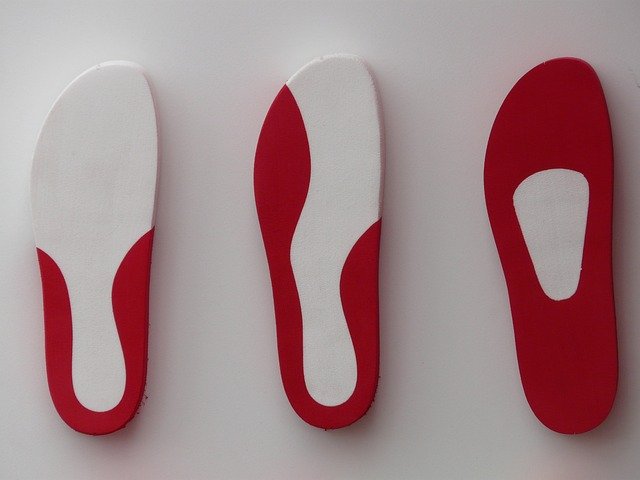Guide to Finding the Right Orthopedic Shoes for Comfort
Finding the perfect orthopedic shoes can significantly impact your daily comfort and foot health. These specialized footwear options are designed to provide superior support, accommodate foot conditions, and promote proper alignment while walking. This comprehensive guide will help you navigate the selection process and understand what features to look for when choosing orthopedic shoes.

Understanding Orthopedic Shoe Features
Orthopedic shoes are distinguished by several key features that set them apart from regular footwear. These typically include extra depth to accommodate custom orthotics, wider toe boxes to prevent pressure points, firm heel counters for stability, and cushioned midsoles for shock absorption. Many models also offer adjustable straps or lacing systems to ensure a customized fit for different foot shapes and conditions.
Key Factors in Selecting Orthopedic Shoes
When searching for the right orthopedic shoes, consider your specific foot condition, daily activities, and lifestyle needs. Important factors include:
-
Arch support level required
-
Amount of cushioning needed
-
Heel height and stability
-
Width options available
-
Material breathability
-
Weight of the shoe
-
Type of closure system
Common Foot Conditions and Appropriate Shoe Types
Different orthopedic shoes are designed to address specific foot conditions. For plantar fasciitis, look for shoes with excellent arch support and heel cushioning. Diabetic feet require shoes with seamless interiors and extra depth. Those with bunions need wider toe boxes, while arthritis sufferers benefit from lightweight shoes with easy closures.
How to Ensure Proper Fit
The right fit is crucial for orthopedic shoes to provide their intended benefits. Always:
-
Shop for shoes late in the day when feet are slightly swollen
-
Wear the type of socks you’ll typically use
-
Have both feet measured while standing
-
Allow for 3/8 to 1/2 inch of space beyond your longest toe
-
Test the shoes by walking on different surfaces
-
Ensure there’s no pressure points or rubbing
Orthopedic Shoe Price Guide and Options
Here’s a comparison of popular orthopedic shoe options and their typical price ranges:
| Brand | Type | Price Range |
|---|---|---|
| New Balance | Walking/Athletic | $90-150 |
| Brooks | Running/Walking | $120-160 |
| Orthofeet | Casual/Dress | $115-135 |
| Dr. Comfort | Therapeutic | $140-180 |
| Propét | Medicare-approved | $85-130 |
Prices, rates, or cost estimates mentioned in this article are based on the latest available information but may change over time. Independent research is advised before making financial decisions.
Maintenance and Care Tips
To extend the life of your orthopedic shoes and maintain their therapeutic benefits:
-
Rotate between multiple pairs
-
Clean regularly according to material specifications
-
Replace insoles when worn
-
Monitor wear patterns
-
Store in a cool, dry place
-
Replace shoes every 8-12 months or sooner if showing significant wear
This article is for informational purposes only and should not be considered medical advice. Please consult a qualified healthcare professional for personalized guidance and treatment.
Selecting the right orthopedic shoes requires careful consideration of your specific needs, proper fitting, and understanding of available options. While the initial investment might be higher than regular footwear, the benefits to your foot health and overall comfort make it worthwhile. Remember to regularly assess your shoes’ condition and replace them when necessary to maintain optimal support and functionality.




